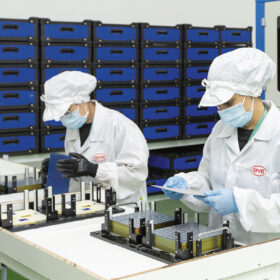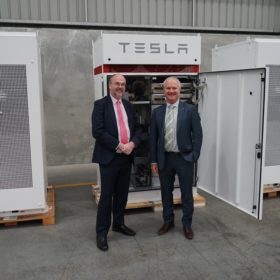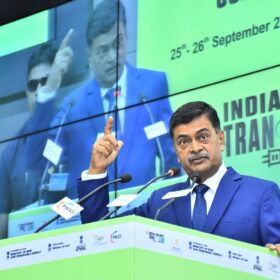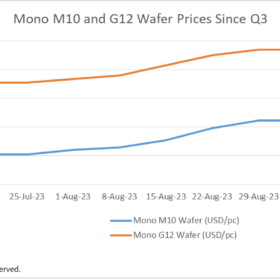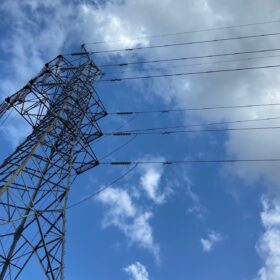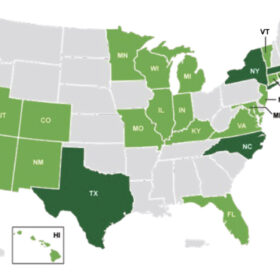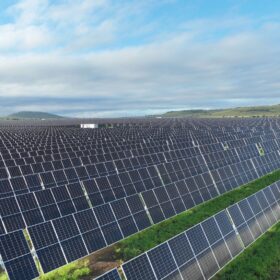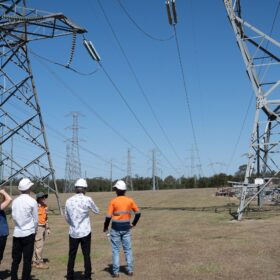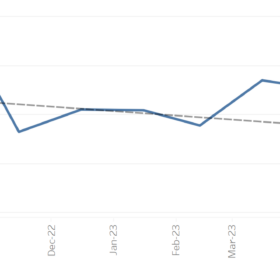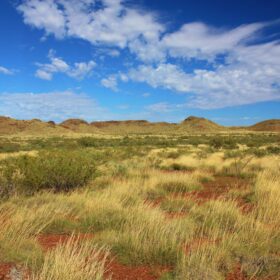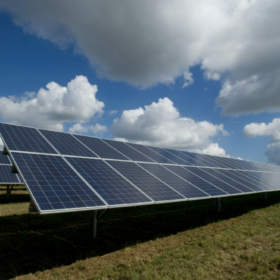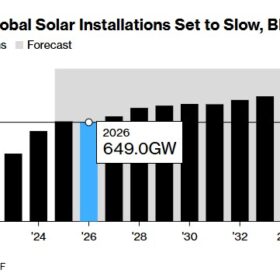Around 40% of the workforce in global PV industry is female
According to recently published employment report by the International Renewable Energy Agency (IRENA), the global solar industry employed around 5 million people at the end of last year. The report also reveals that women’s employment in the industry was “uneven”, with females mostly hired for administrative positions (58%) followed by science, technology, engineering, and mathematics (38%) and non-STEM technical positions (35%).
WA ushers in major reforms to support transition on its main island grid
A package of major regulatory and market reforms designed to support Western Australia’s energy transformation have gone live. The changes relate to the state’s main islanded grid, known as the SWIS.
India’s green hydrogen will be cheapest in the world, says power minister
Already 5.8 million tonnes of green hydrogen manufacturing capacity is in different stages of installation in India, said power minister R.K. Singh at a summit in New Delhi recently.
Solar wafer prices fall for first time in 3 months
In a new weekly update for pv magazine, OPIS, a Dow Jones company, provides a quick look at the main price trends in the global PV industry.
Central-West Orana REZ reaches transmission infrastructure milestone
Australia’s first coordinated renewable energy zone is a step closer to realisation with the environmental impact statement for the transmission infrastructure required to connect at least 3 GW of new clean energy generation capacity to the national grid now open for public scrutiny.
Solar industry should focus on virtual power plants, says US official
Solar industry veteran Jigar Shah, the director of the US Department of Energy’s (DoE) Loan Programs Office, says that virtual power plants are the path to success, as solar net metering now faces an uncertain future.
Telstra signs offtake deal with 120 MW Queensland solar farm
Australian communications giant Telstra has signed a power purchase agreement that will support the development of the 120 MW Munna Solar Farm being built near Gympie in southeast Queensland.
Works packages released for $5 billion transmission project
Queensland network operator Powerlink has released 40 works packages for suppliers to express their interest in working on the CopperString transmission link that is to stretch across the state’s north, helping to unlock large-scale solar and wind investment along with large deposits of minerals key to the energy transition.
Australia in midst of solar market shakeup with TW Solar entrance, historic global pricing plunge
Australia’s solar market and pricing has been shaken up in recent months with the entrance of Tongwei Solar. Compounding this is the global free fall in panel pricing, which solar analyst Warwick Johnston says is yet to properly hit Australia. “There’s super cheap panels that are coming through and everyone will have to adjust their prices accordingly,” he says.
Queensland’s CleanCo opens EOIs for 1.2 GW clean energy hub near Brisbane
Queensland’s CleanCo has opened expressions of interest to renewables projects wanting to participate in the transformation of its former coal-fired Swanbank power precinct to a clean energy hub.
